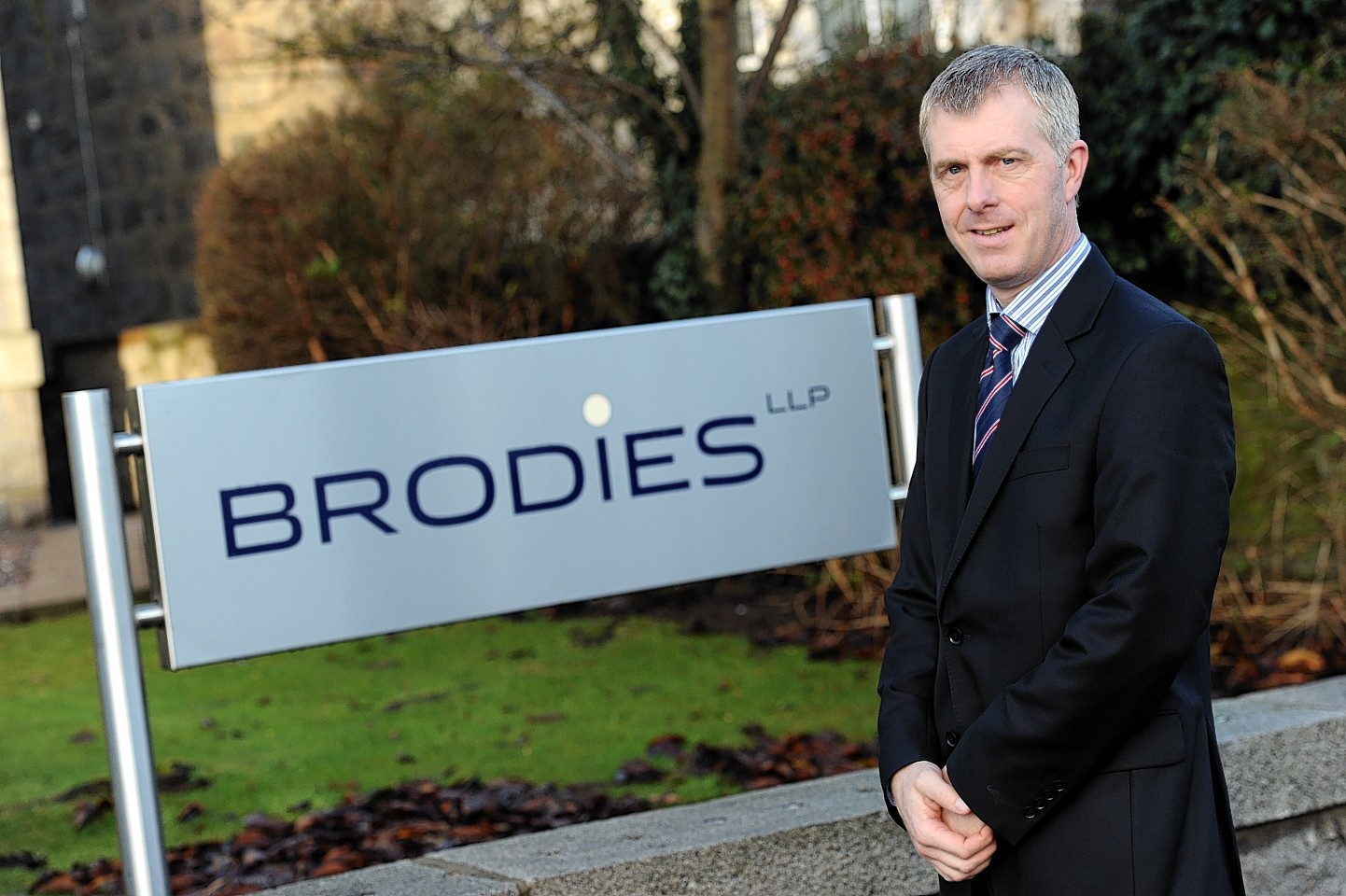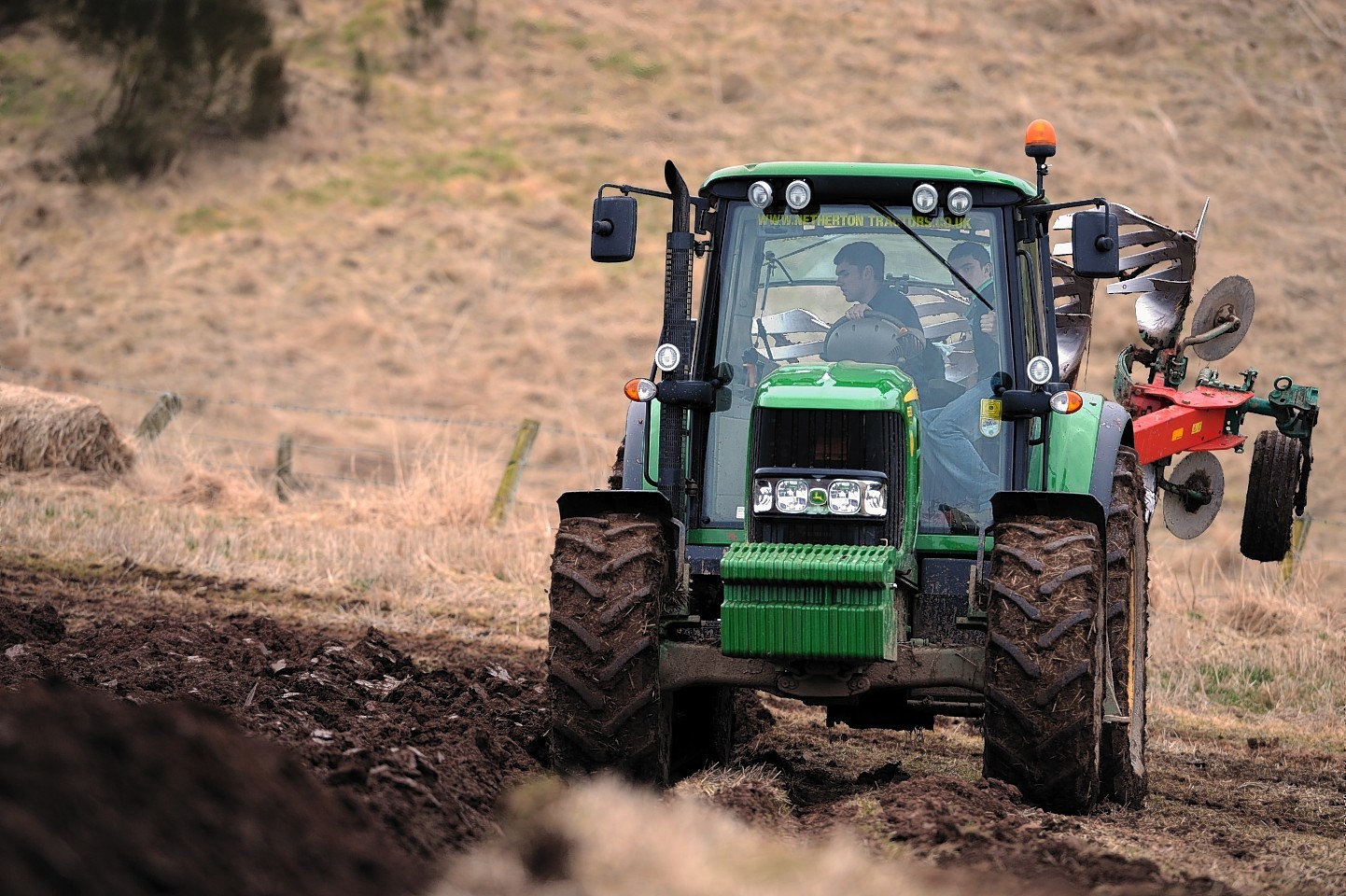Many farm businesses operate as partnerships. For those in the sector, what’s unusual about that? It’s aye been done like that and partnership names, linked to farm and family names, are a familiar roll call at the mart. But in a way it’s quite unusual compared with other business sectors. Limited companies have become the norm for most trading businesses, with sole trader status tending to be reserved for the smaller trades. Professional practices remain a limited exception, largely because of the way they are regulated.
So why do farm businesses use the partnership model? Well it has two perceived advantages; the first is tax. It is ‘tax transparent’ which means that although they are in partnership, the individual partners are taxed as individuals. While some tax rates for limited companies may be lower, it is generally much easier for partners to move earnings and capital in and out of partnerships than companies. Partnerships also allow the partners to preserve some of the capital tax reliefs they receive as individuals, particularly on land.
The second advantage is flexibility. There are few formalities required to establish or vary a partnership. In theory, a nod or a handshake is enough, as long as there is clear consensus. In practice, partnership agreements are written so there is some proof of what is agreed.
But there are some downsides to partnerships. The first is that flexibility and informality can come at a cost. There are no public registers of general partnerships, and no Companies House to register the rules. Instead you have to look at all the evidence of what was agreed by the partners. This means looking at the partnership agreement, the accounts, the titles and other evidence, such as letters and emails, and even relevant discussions over the family breakfast table. This can lead to uncertainty, and sometimes conflicting evidence, which can all come to a head if there is a fall out, a death or divorce, or if one of the partners simply wants to retire.
In contrast with other sectors of business, the farm itself is often more than just about the business of the partnership. It’s about a home; where the partners live, where they grew up and may hope to see out their days, but critically it is often about the land, or more precisely its value. And therein lies the problem. Farmland values have soared in recent years, and when you consider the possibility of development land in some cases, there is a lot of money at stake.
It is this question of whether land should be held in or out of the partnership that is a complex one. The difficulty being that there are pushes and pulls from different directions. For some purposes, tax for example, it may be better for the land to be held as a partnership asset, owned by all the partners. This is particularly so with land with development potential. On the other hand, the value of the land on the balance sheet might look good for the bank, but may potentially boost the payout if a partner resigns, or the value of claims other family members have on the death of a partner.
So does that mean partnerships are a bad structure? Well not necessarily. They do require careful management, proper documentation of partnership terms and a record of any agreements reached at meetings. Issues of whether land should be in or out of the partnership should be carefully considered and legal and accountancy advice obtained. Other structures can also be considered such as a limited company or limited liability partnership (LLP). These have more formal public reporting requirements, which mean a loss of some privacy, but they offer greater certainty too. They also offer the advantage of limited liability for the owners of the business, which may be attractive.
Clive Phillips is a partner in the land and rural business team at Brodies LLP, specialising in advising farm and estate clients. For more information, contact Clive on 01224 392 281 or at clive.phillips@brodies.com.
CASE STUDY
Donald and Margaret Farmer wish to take their son John into partnership. They have decided that they would prefer to keep the partnership structure but are concerned that they have always operated as equal partners in the past, and have not given much thought to how they regulate it. With John coming in they are worried that if things don’t work out then it could put the business and the family’s capital at risk. John has, after all, always had a fancy for a life in Ibiza!
With this in mind there are three things that Donald and Margaret are particularly keen to do. The first is that they would like to offer a fixed share of profits to John, with a top-up based on how well the business does. This will let John know where he stands and hopefully act as an incentive. So Donald is going to have a new partnership agreement drawn up that will set this out and give some scope for making future changes if required.
Although Donald and Margaret want John to share in profits, they are concerned about some development value at an old steading and had always wanted to ring fence some of that for their daughter Alice. So they have decided to draw a distinction between revenue profits and capital profits so that John will not share in capital profits to any great extent, at least in the early years. This will also limit the damage John could do if the lure of a life in Ibiza became too strong.
Lastly, John, as a new partner, is keen to get a say in the business and that it’s not just mum and dad making the key decisions. He’s been to farm benchmarking days and has some new ideas he wants to put into effect. So he has agreed with his parents that they will put a decision-making arrangement in place that gives him responsibility over certain areas of the business, but reserves some key decisions to all the partners.

